Sbarro Stash & Stash HS
In 1974, Sbarro presented its latest creation at the Geneva Motor Show: the Stash. This three-seater coupé was designed on the basis of the SV1, with much more refined and harmonious lines. Two body styles are offered: coupé and targa cabriolet, the latter named HS. The name Stash comes from the nickname of Stanislas Klossowski, its sponsor.
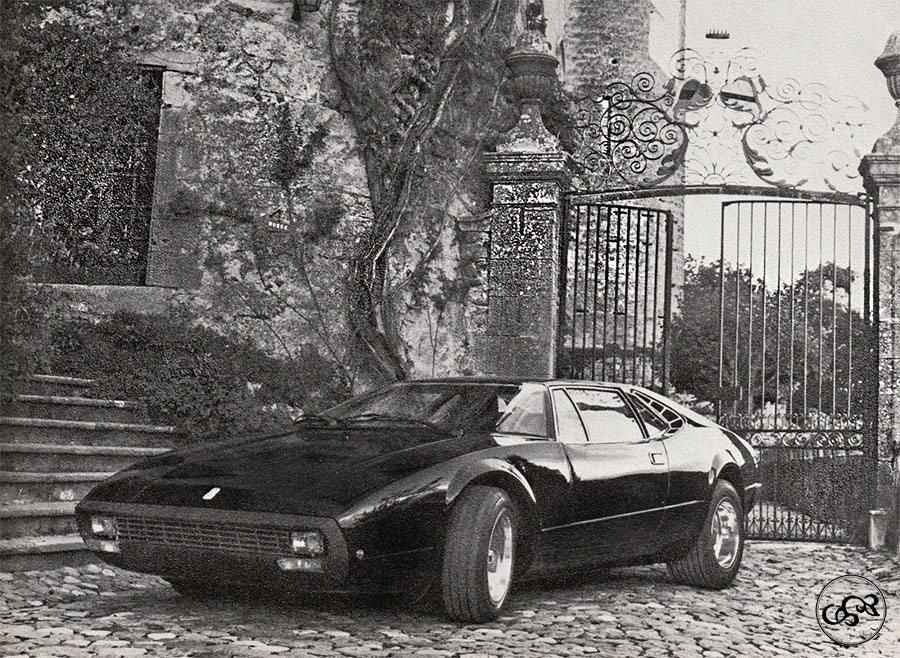 The Sbarro Stash (probably
the Cardin version). Photo of the ACA Sbarro 2-page
double-sided brochure from 1978.
The Sbarro Stash (probably
the Cardin version). Photo of the ACA Sbarro 2-page
double-sided brochure from 1978.
A successful evolution of the SV1
The chassis, similar to that of the SV1, consists of a central beam connected to a reinforced tubular frame and a double roll bar, all embedded in two polyester monocoques. Braking is provided by four discs. Sprinklers can be fitted on request. There are two luggage compartments, one at the front (290 liters) and one at the rear (140 liters), offering a capacity that is rare in this type of bodywork.
Such power ratings might make you smile these days, but remember that at the time, an Alpine A110 developed 95 hp, and a Ferrari 308 just 255 hp! The Stash is far from underpowered, even in its 4-cylinder version. The Mercedes 6.9-equipped version reaches 240 km/h and accelerates from 0 to 100 km/h in 6.4 seconds. Roughly equivalent to the performance of a Ferrari 308.
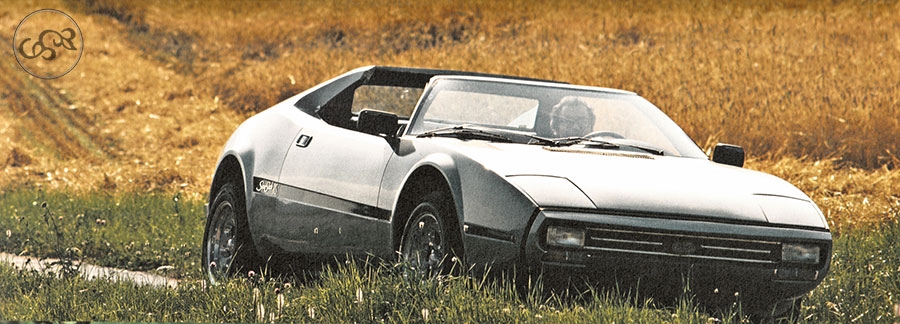
Pierre Cardin and the Sbarro Stash
In 1975, the famous fashion designer Pierre Cardin presented his version of the Stash at the Paris Motor Show. The changes made to this unique model mainly concerned the interior (on the outside, only the signature "Pierre Cardin" appeared on the side in a blue band). The dashboard is now in painted lamellar rubber, and the seats and carpets, as well as the roof lining, are adorned with stripes. The Volkswagen mechanics remain unchanged. Cardin's Stash is therefore a version with a different finish, less classic and more luxurious. But Pierre Cardin implied that he had participated in the design of the car, and not simply redesigned the interior (the annotated brochure opposite bears the headline "Car created by Pierre Cardin and built by Sbarro". Even the Sbarro logo on the hood was replaced by that of the couturier. Franco Sbarro didn't appreciate the designer's method, as you can imagine! Nevertheless, the Stash and Cardin remain associated in the eyes of many.
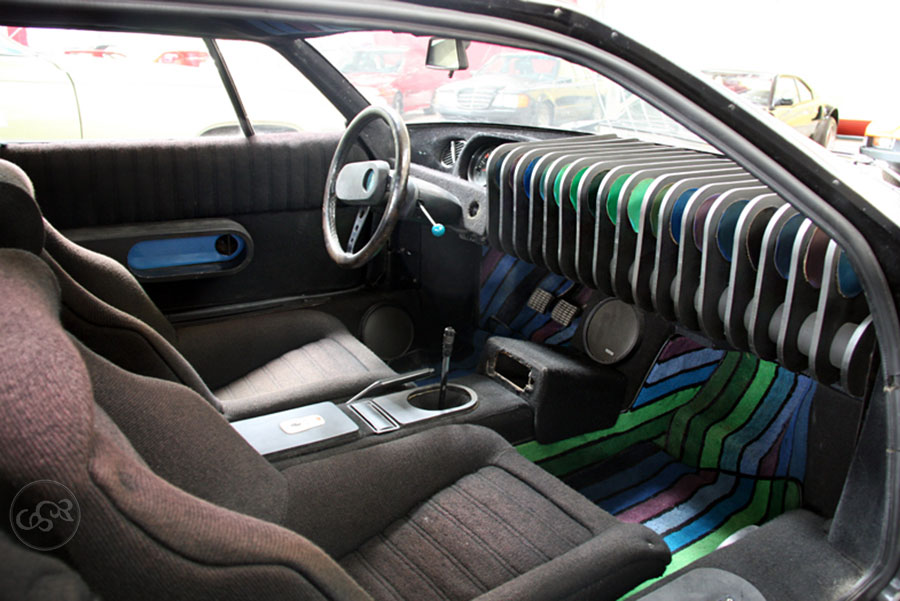
image from https://gazoo.com/feature/gazoo-museum/car-history/17/03/31_2/
The Stash, that pretty unknown
Sbarro's creations can't be talked about in terms of production figures. Only five examples of the Stash were sold. Yet, as Sbarro himself says, the car "looks good, is very practical and relatively inexpensive". The Stash is little-known, and has not had the diffusion it would have deserved. Untraceable today, it's very difficult to know what has become of these rarities today.
Main sources
- In-line 4-cylinder VW K70 or 8-cylinder V-engine (original Mercedes-Benz 450 SE)
- Engine in longitudinal rear mid-position
- 105 hp (VW engine) or 147 hp (turbocharged VW) or 286 hp (Mercedes)
- 4-speed manual gearbox (VW engine) or 4-speed automatic (Mercedes)
- Rear-wheel drive
- Weight from 1050 kg (VW) to 1300 kg (Mercedes)
- length 3.83 m, width 1.90 m, height 1.15 m
- maximum speed 190 km/h (VW) to 240 km/h (Mercedes)
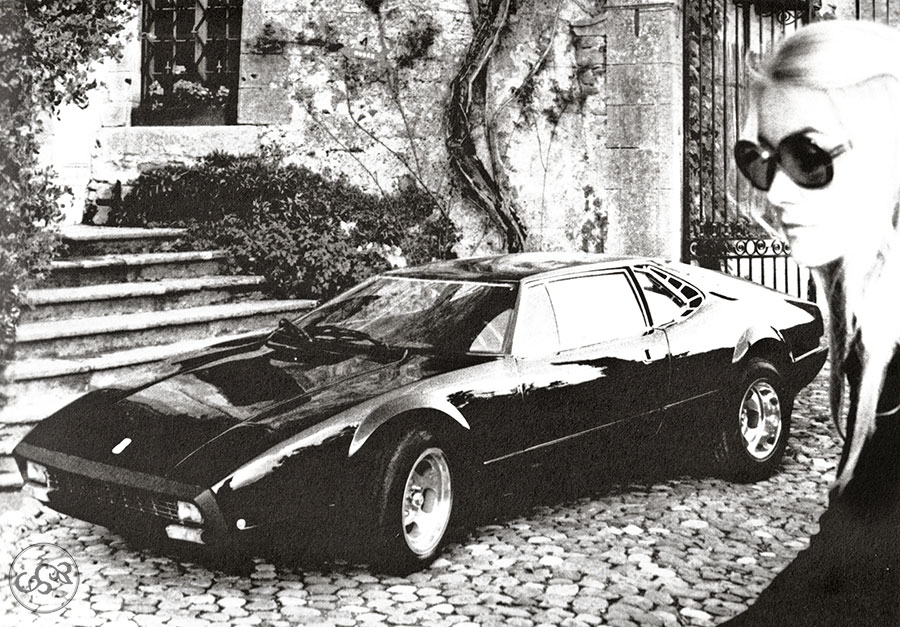
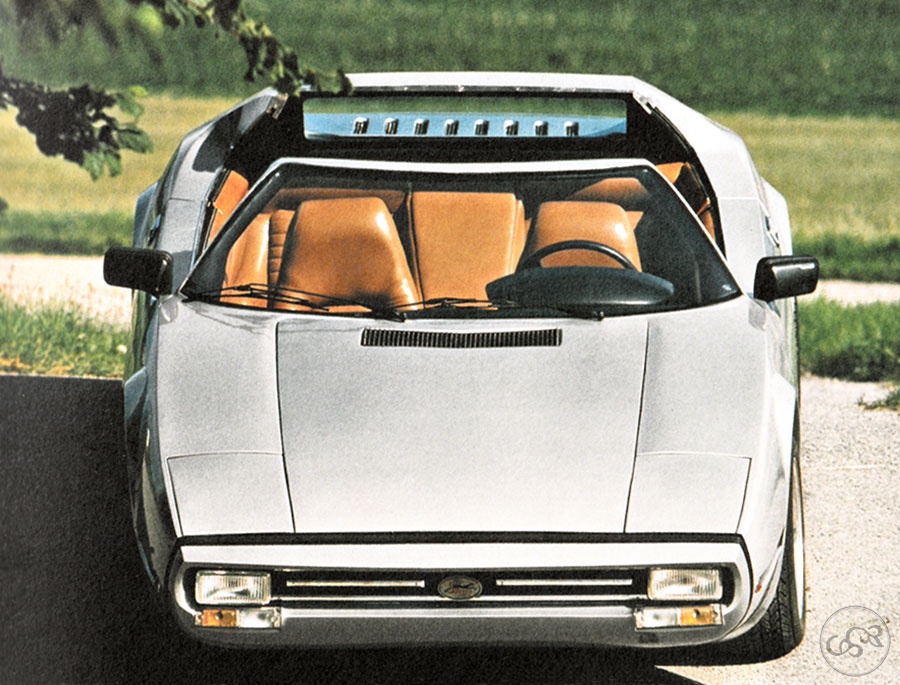

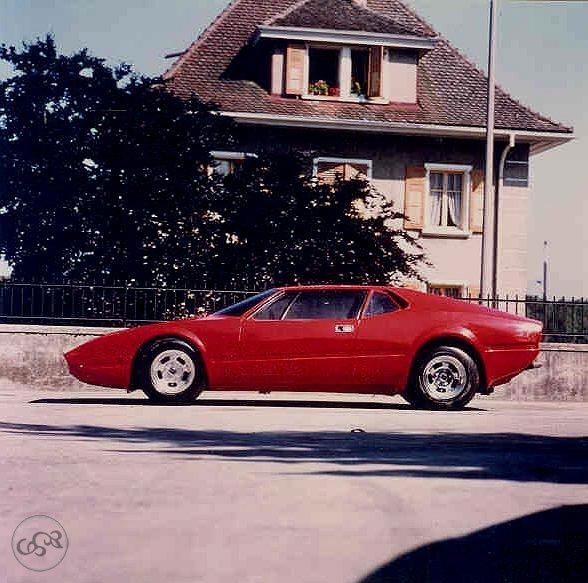
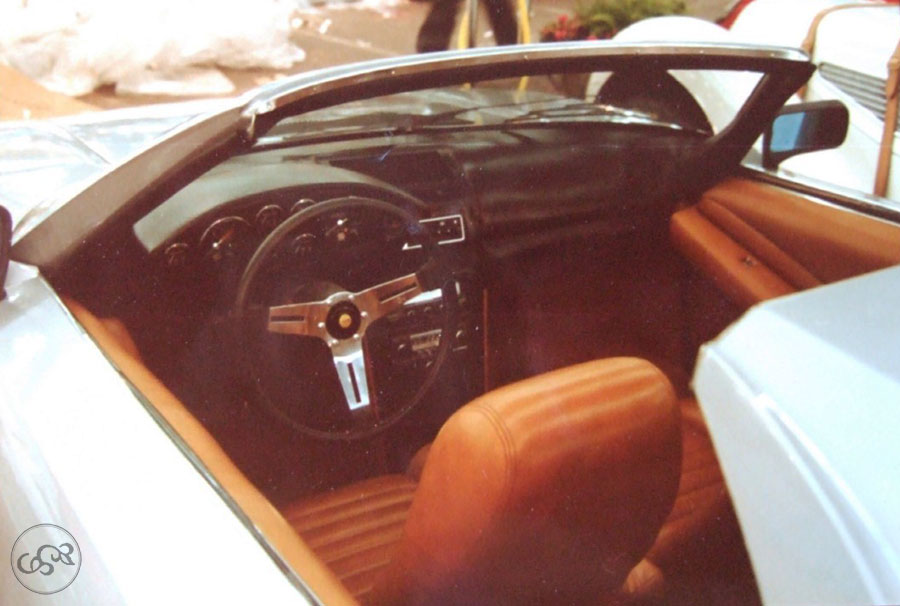
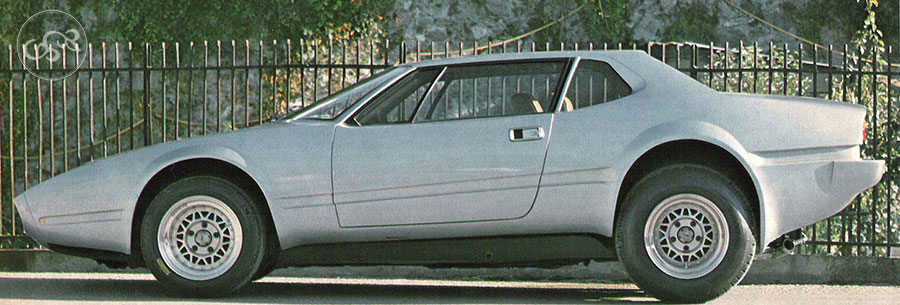
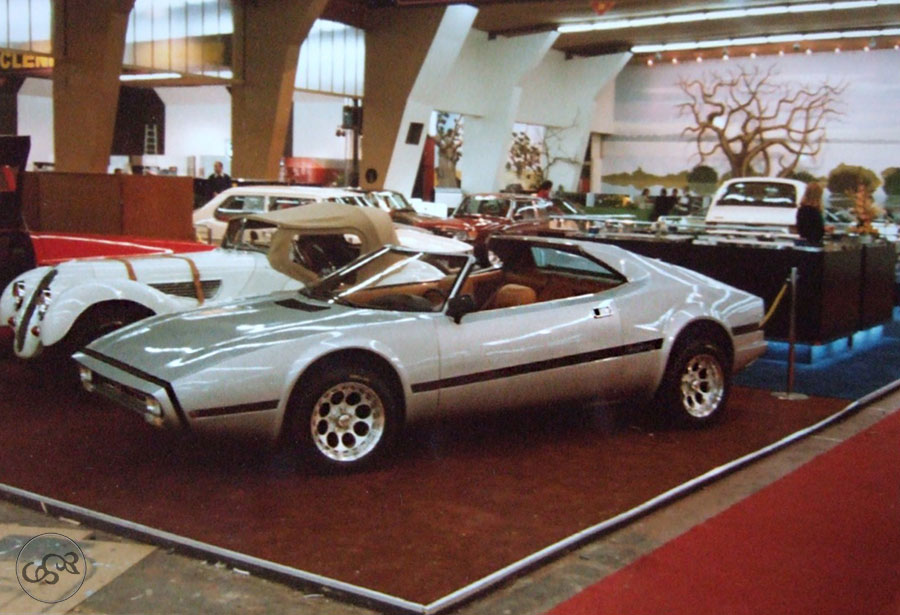
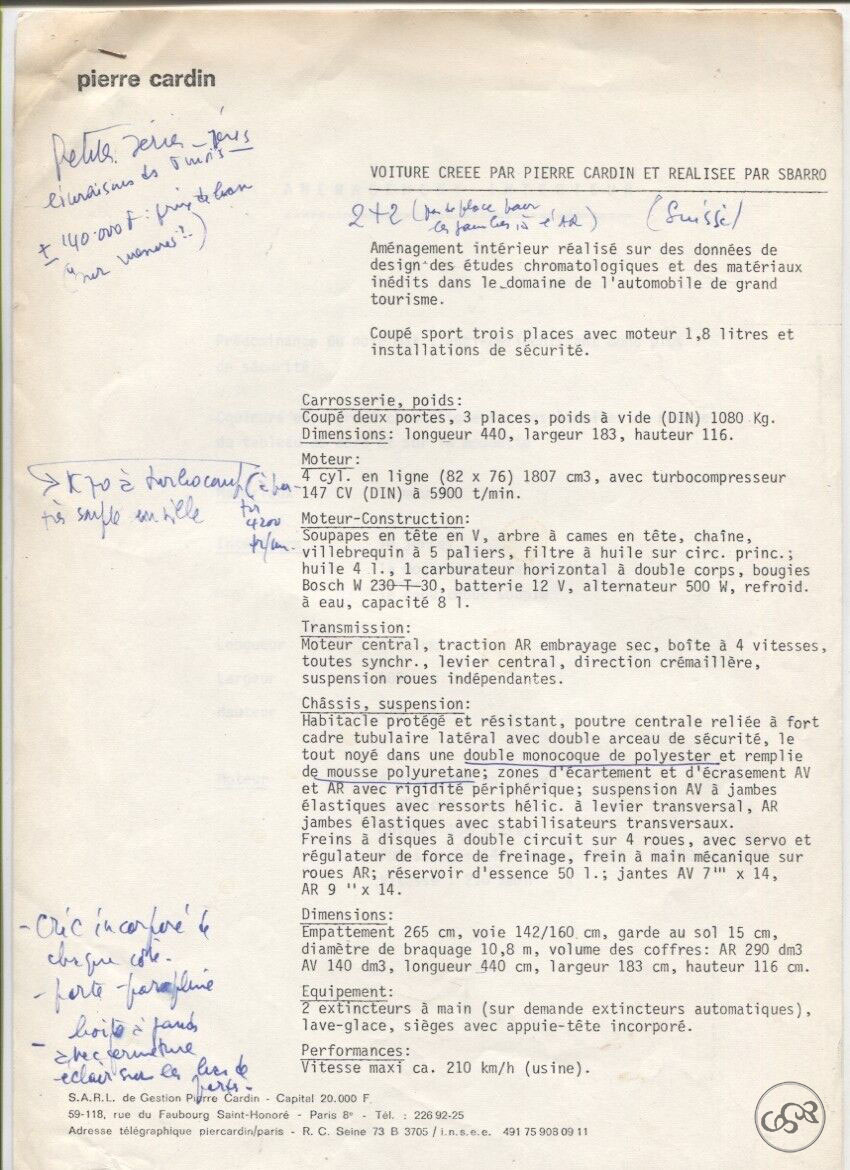
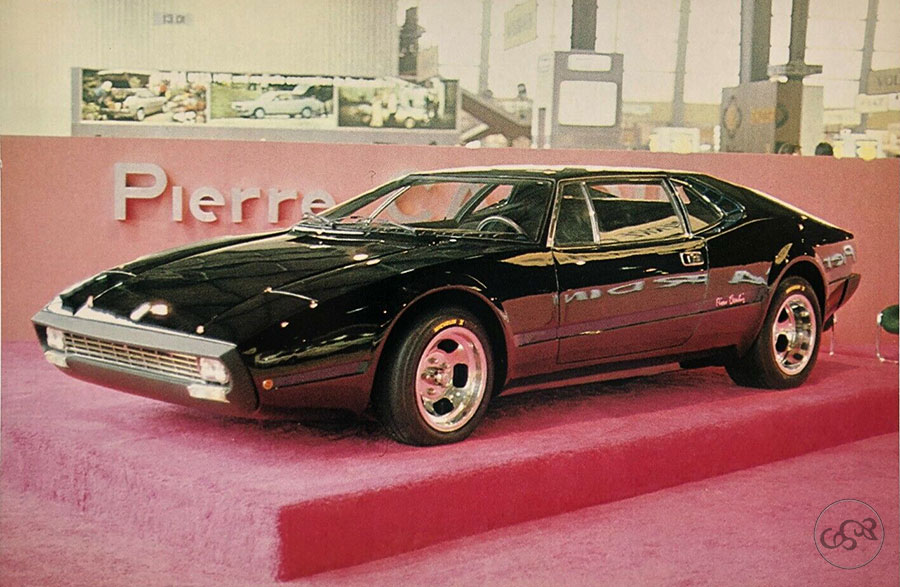
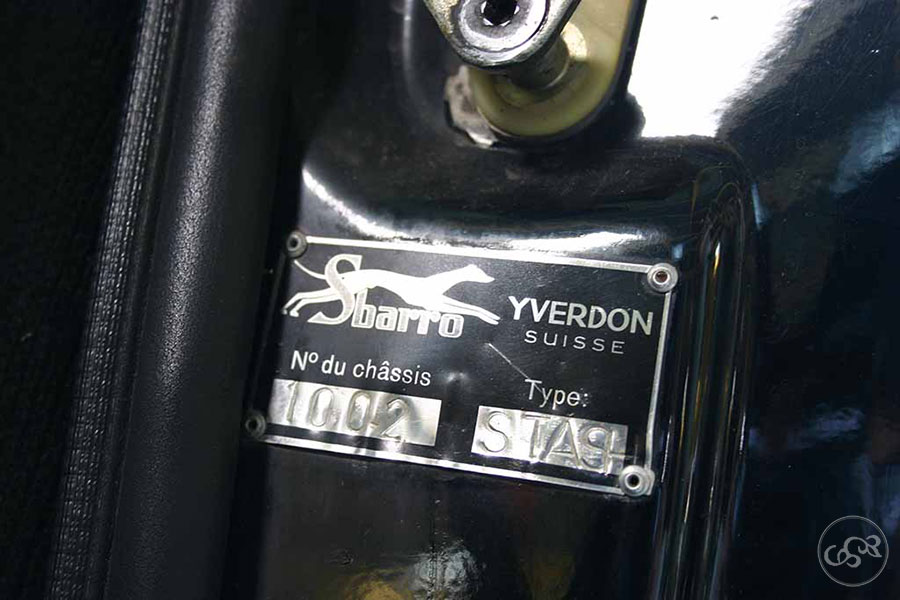
In brief
1- An evolution of the SV1
2- Five examples produced, with Volkswagen or Mercedes engines
3- Fashion designer Pierre Cardin fitted out one example